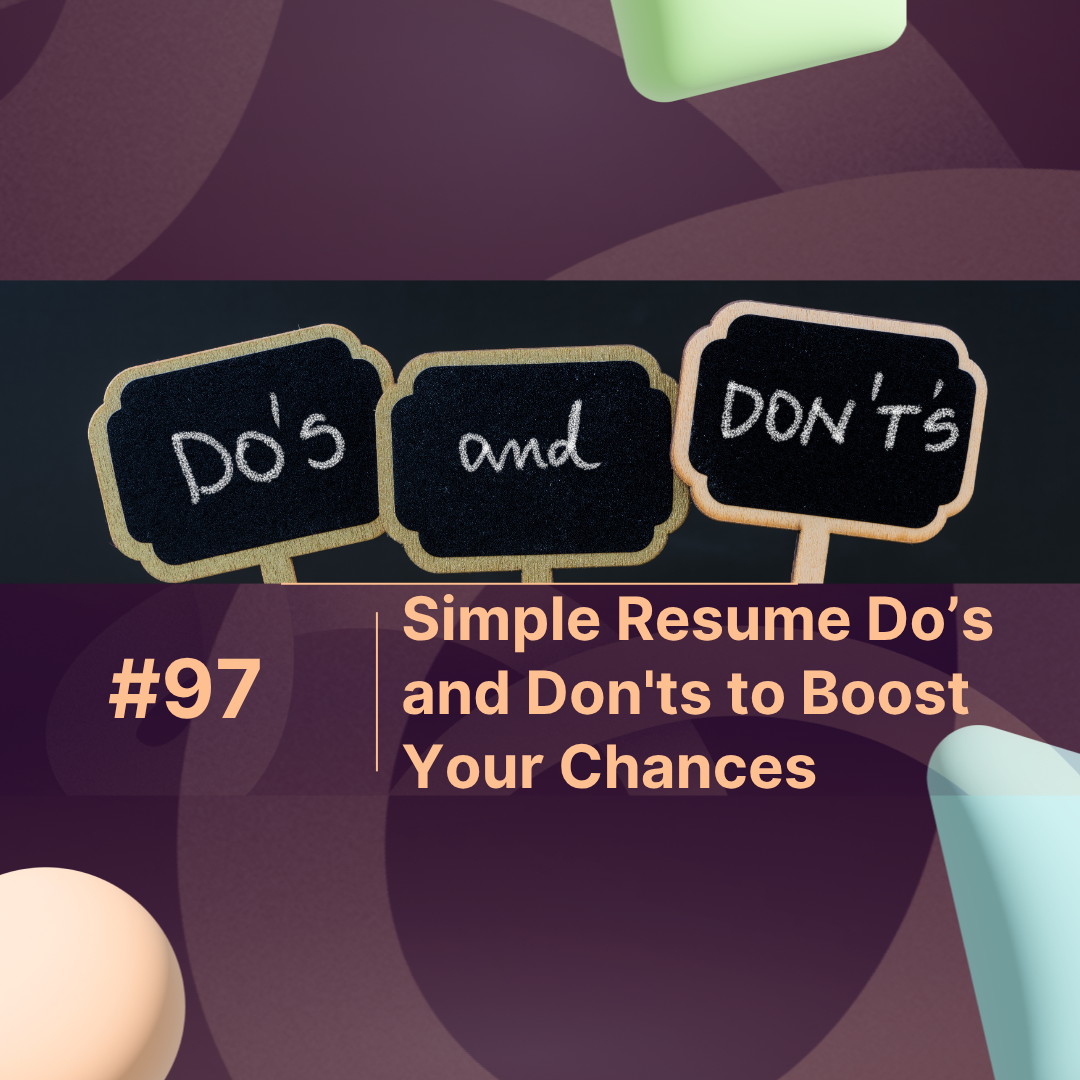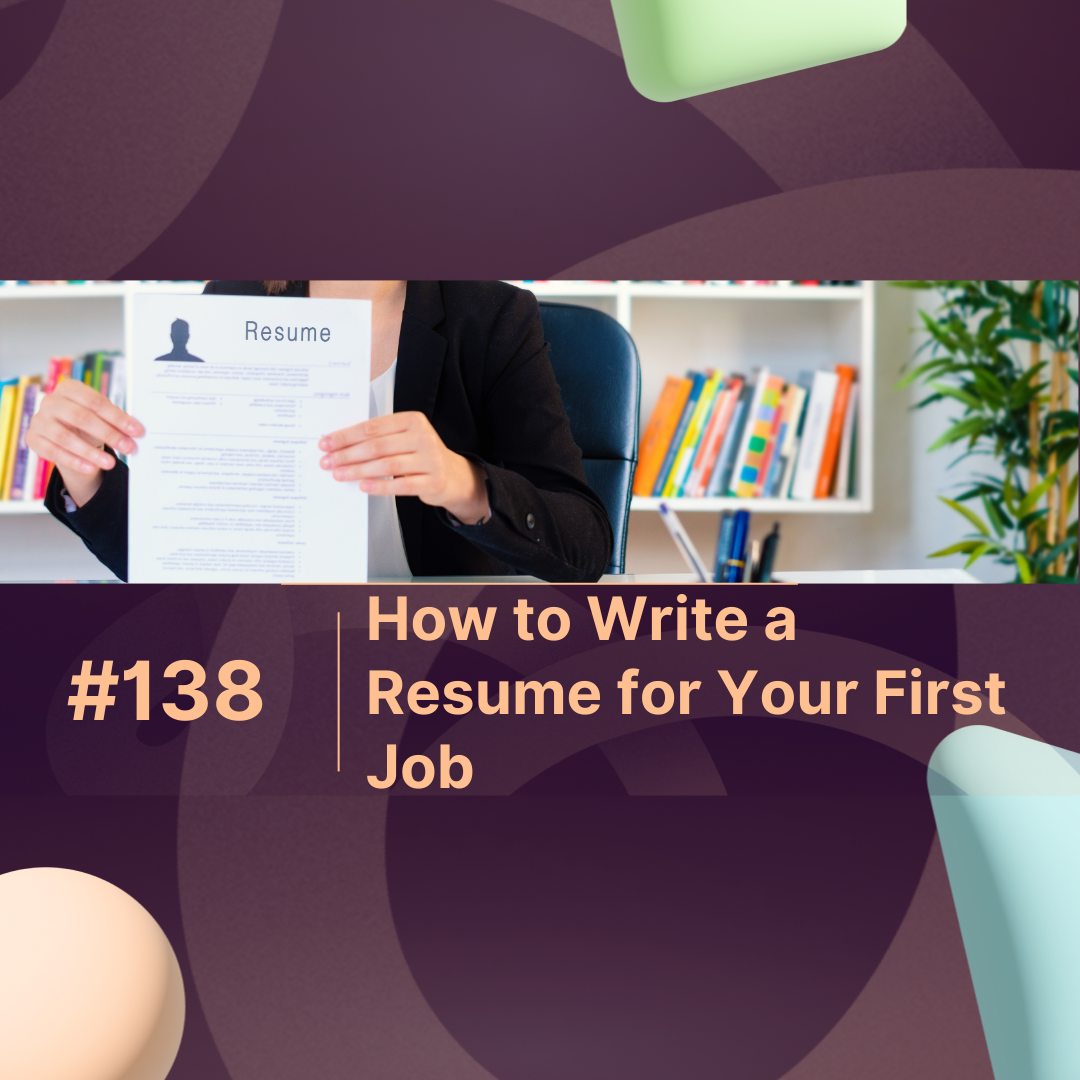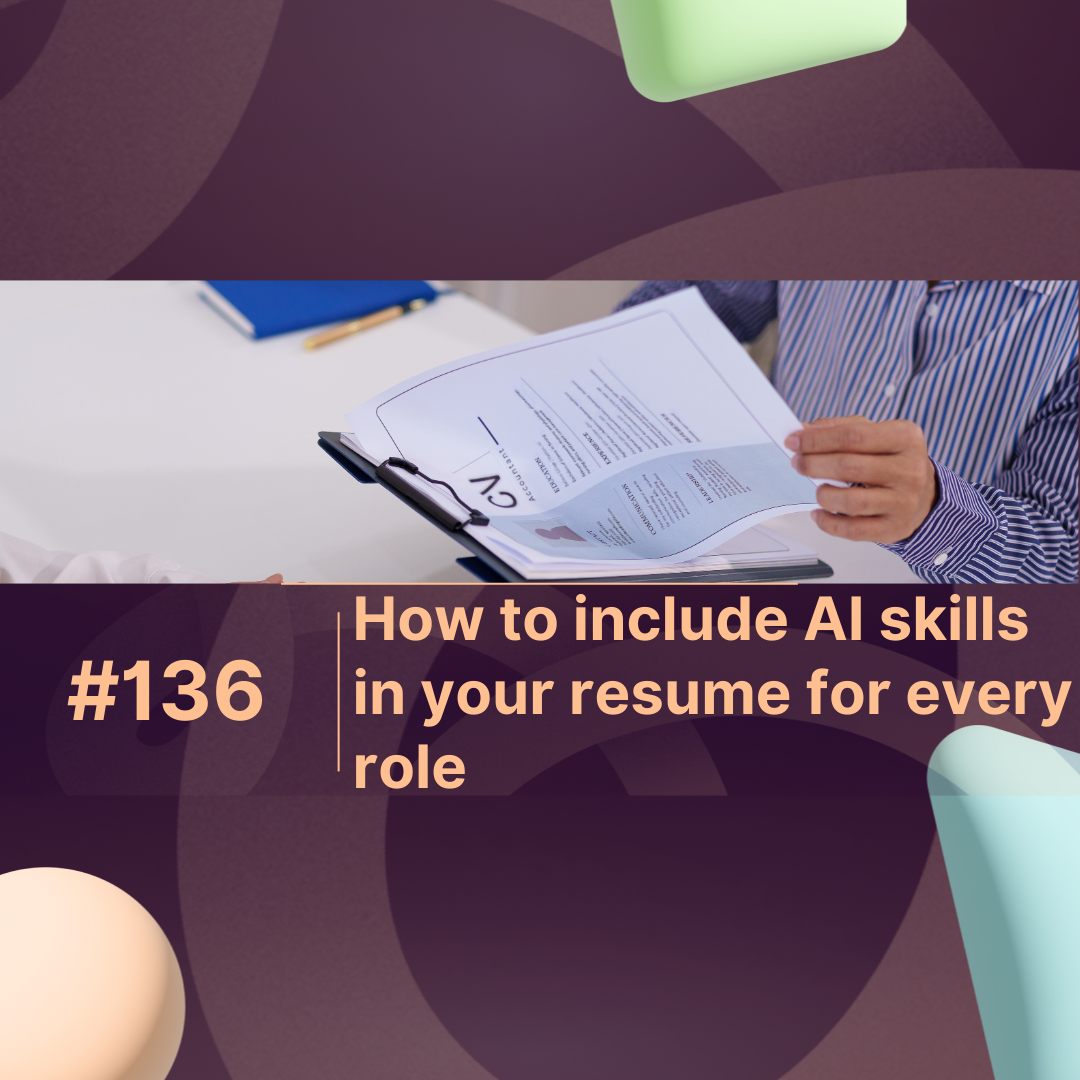Overview
Looking for a job? Your resume is often your first impression and in today’s competitive market, small mistakes can cost big opportunities. Whether you’re a graduate or a seasoned professional, understanding key resume dos and don’ts can mean the difference between landing an interview or getting overlooked.
Recruiters spend an average of 6–8 seconds scanning a resume before deciding if it’s worth a closer look. That’s why it’s crucial to make every line count from structure to tone to formatting. In this guide, we’ll walk through the most effective resume dos and don’ts to help you stand out in both human and AI-driven screening systems.
What Are Resume Dos and Don’ts?
“Resume Dos and Don’ts” refer to the best practices and common pitfalls that define a professional, recruiter-friendly resume. It’s about striking the right balance showcasing your achievements while keeping your document concise, clear, and free of errors.
A well-structured resume doesn’t just highlight your experience; it tells your career story in a way that appeals to both people and automated systems.
Table: Common Resume Mistakes vs. Correct Practices
| Don’t (Mistake) | Why It Hurts You | Do (Best Practice) |
|---|---|---|
| Use fancy fonts or graphics | Confuses AI scanners and recruiters | Stick to clean fonts like Arial or Calibri |
| Write long paragraphs | Recruiters skim quickly | Use bullet points for achievements |
| Use generic objectives | Sounds outdated | Replace with a strong professional summary |
| Skip proofreading | Errors signal carelessness | Always review or use grammar tools |
| List every job ever held | Makes it too long | Highlight only relevant experience |
| Forget keywords | Low ATS ranking | Include industry-relevant terms naturally |
| Use one resume for all jobs | Lacks personalization | Tailor each resume for the role |
The Resume DOs: What to Include for Maximum Impact
1. Start with a Clear Professional Summary
Your summary should highlight your top skills, experience, and career goals in 3–4 lines. Avoid vague phrases like “hard-working individual” — instead, show specific value.
Example:
“Marketing professional with 5+ years of experience driving brand growth through data-driven digital campaigns.”
2. Use Strong, Action-Oriented Language
Replace passive phrases with verbs that demonstrate impact:
Led, achieved, implemented, optimized, designed, delivered.
These words signal confidence and achievement.
3. Quantify Your Results
Whenever possible, back your work with measurable results.
Instead of: “Managed social media accounts,”
say: “Increased engagement by 45% through strategic content planning.”
4. Format for Clarity
Keep your layout simple: consistent spacing, clear headings, and standard font size. Avoid templates overloaded with colors or columns. ATS (Applicant Tracking Systems) prefer straightforward formatting.
5. Tailor for Each Job Application
A single “one-size-fits-all” resume rarely performs well. Customize your content based on the job description. Highlight relevant skills and experiences that align with what the employer is seeking.
6. Highlight Core Skills and Achievements
Include a “Core Competencies” section near the top listing skills such as Project Management, Digital Marketing, Data Analysis, etc.
This makes it easier for both recruiters and AI to assess your strengths instantly.
7. Proofread and Test
Typos are a deal-breaker. Run your resume through a grammar checker or a resume optimization tool. Platforms like MaxProfile even offer resume review features that help you identify readability issues and keyword gaps before applying.
The Resume DON’Ts: Mistakes That Hurt Your Chances
1. Don’t Include Irrelevant Personal Details
Information like marital status, age, or full address isn’t necessary and can invite bias. Stick to essentials: name, phone number, email, LinkedIn profile.
2. Don’t Overuse Buzzwords
Terms like “team player” or “go-getter” sound generic. Replace them with concrete examples that show those traits in action.
3. Don’t Lie or Exaggerate
Recruiters verify facts inflated titles or achievements can backfire during reference checks or interviews.
4. Don’t Forget Readability
Long, unbroken text is overwhelming. Use bullet points and white space to make your content easy to scan.
5. Don’t Ignore Design Consistency
Mixing multiple fonts or random colors makes your resume look unprofessional. Stick with one style for a clean, modern feel.
Conclusion
Your resume isn’t just a summary of your career it’s your personal brand on paper. By following these resume dos and don’ts, you can present yourself as organized, competent, and ready for the next opportunity.
The secret is simple: keep it clear, concise, and customized. Avoid fluff, focus on measurable achievements, and let your personality show through professional tone and precision.
If you’re unsure how your resume measures up, platforms like MaxProfile can help analyze and refine it for modern hiring systems. Because when your resume reflects your real value opportunities follow.
FAQs: Common Questions About Resume Dos and Don’ts
1. What’s the most important “do” when writing a resume?
Tailor your resume to each job description. Employers and AI systems both look for specific, relevant keywords.
2. Should I include a photo on my resume?
In most countries, no. Photos can cause bias and may violate company policies. Keep it professional and text-based.
3. How long should my resume be?
Ideally one page for early careers, two pages for experienced professionals. Focus on quality, not quantity.
4. Can I use templates from design sites?
Only if they’re simple and ATS-friendly. Overly decorative templates may confuse AI scanners.
5. How often should I update my resume?
Review it every 6 months or after major achievements. Regular updates keep your content current and relevant.



